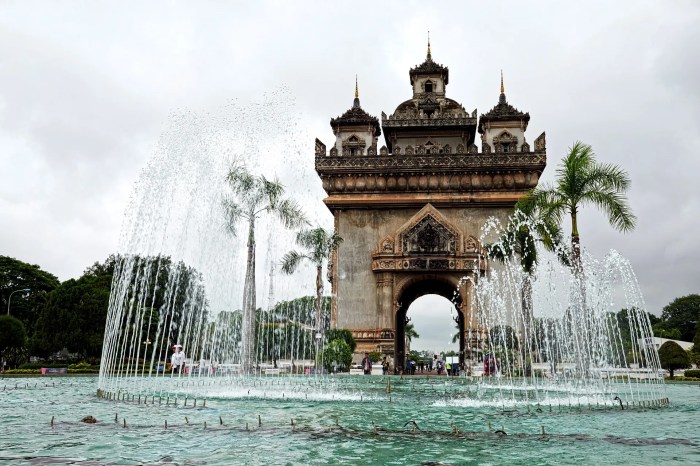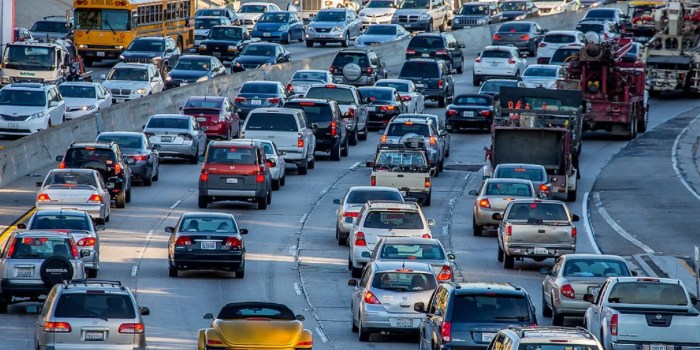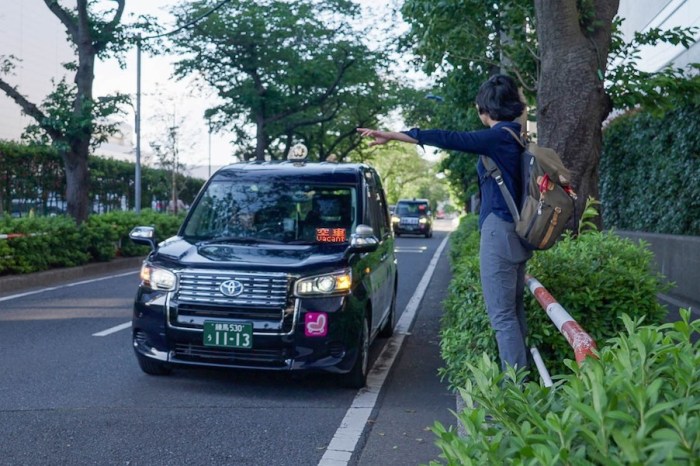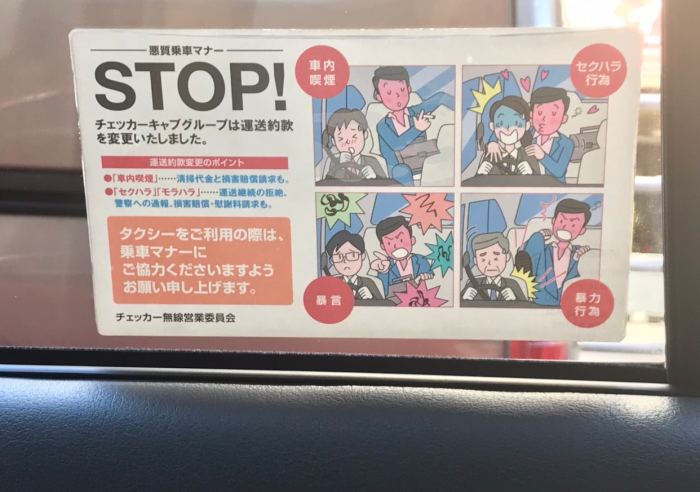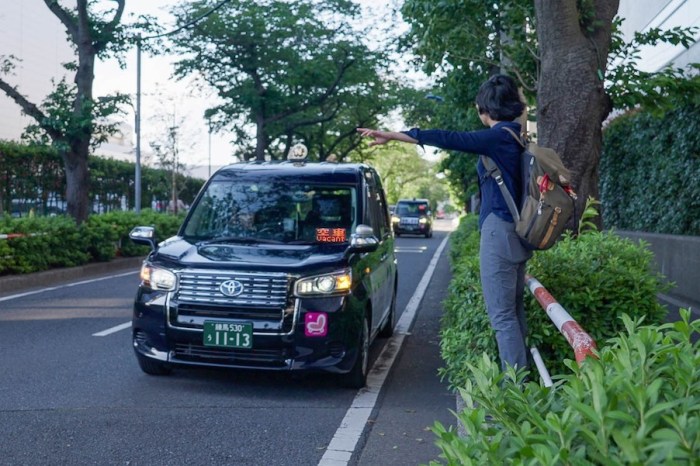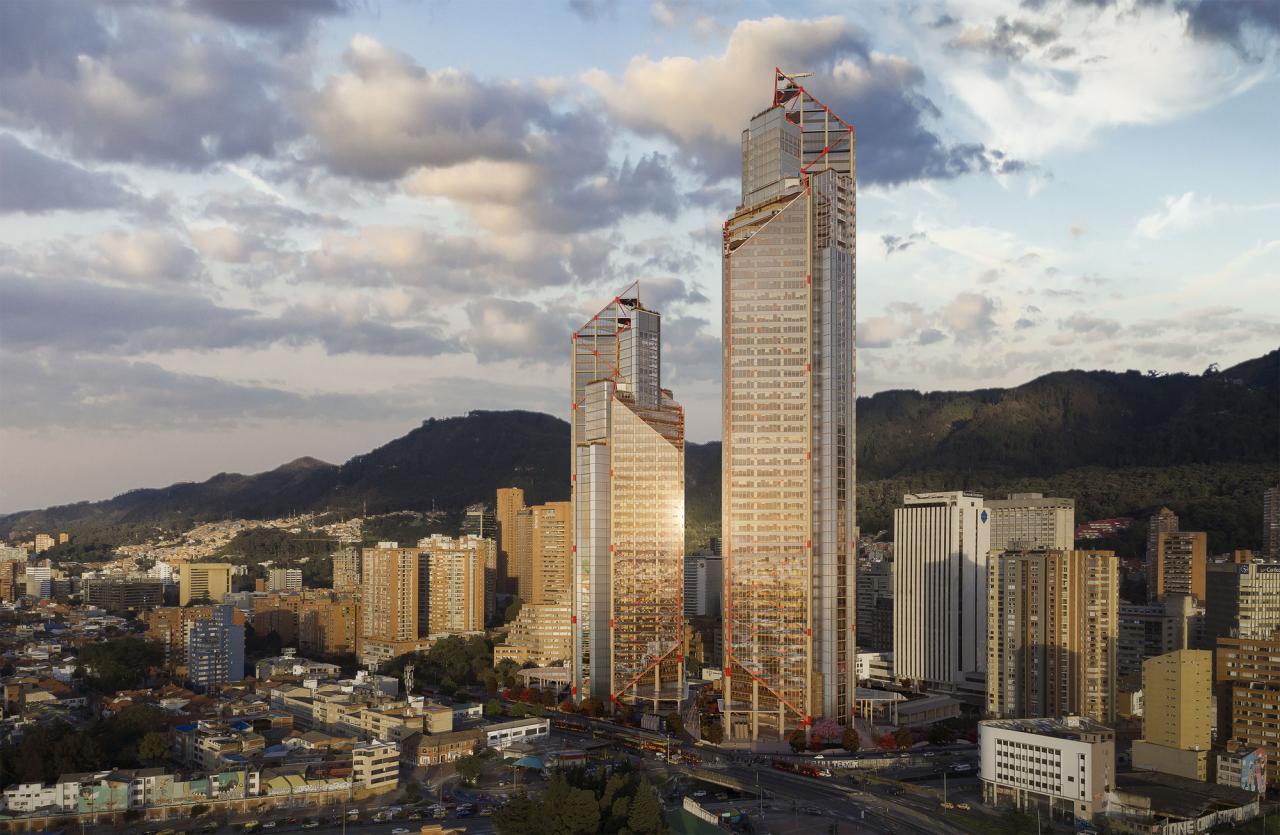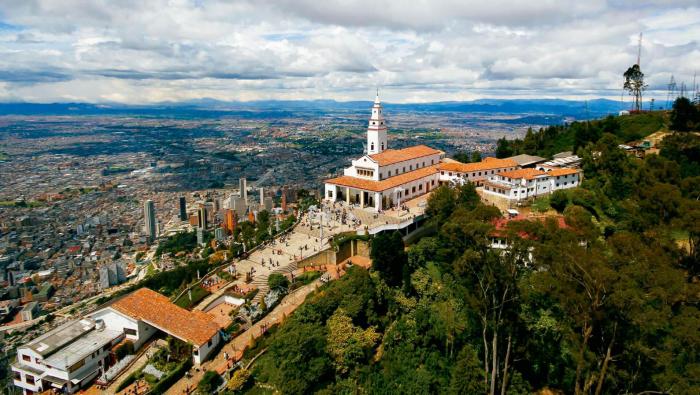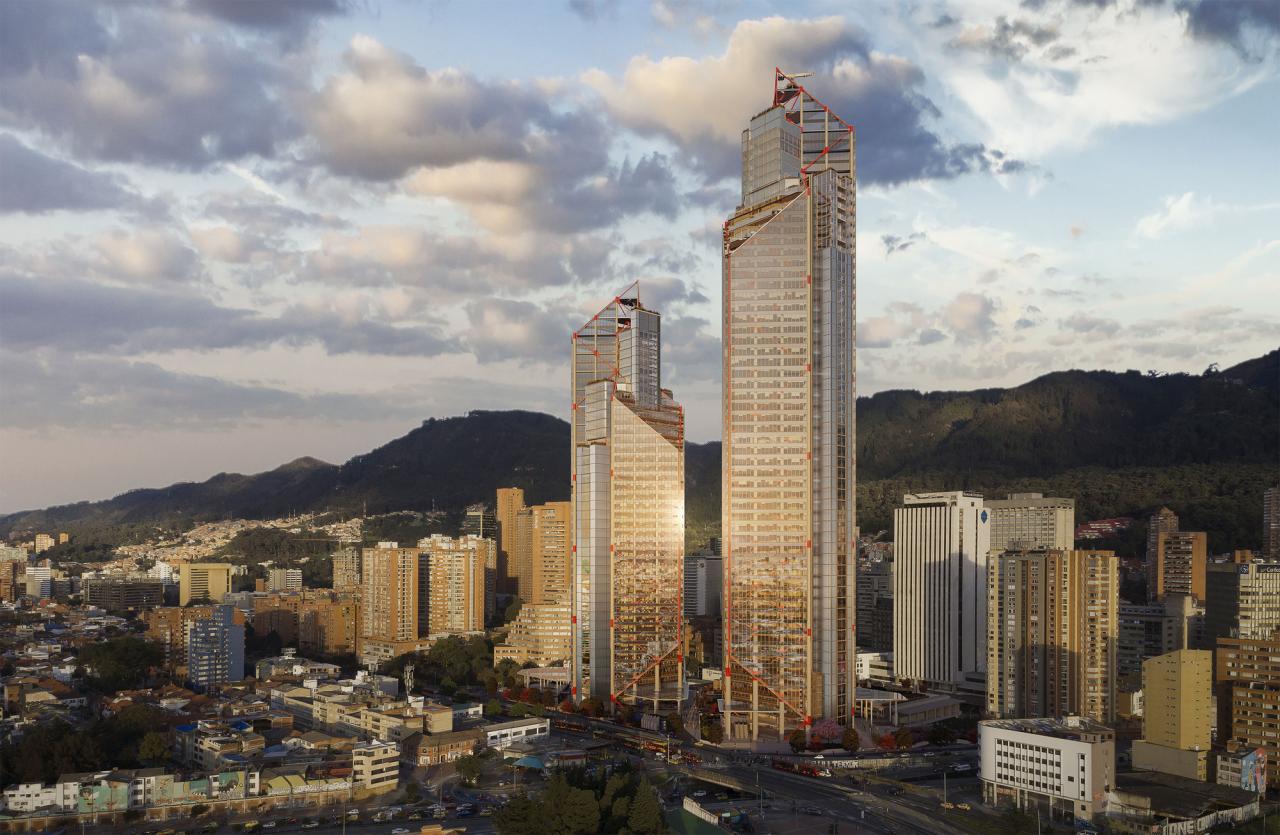Thanksgiving holiday travel rules are crucial for a smooth and safe journey. This guide covers everything from airport security measures to alternative transportation options, ensuring you’re prepared for a stress-free Thanksgiving trip. Understanding the regulations, safety precautions, and traffic conditions will help you navigate the holiday travel period successfully.
From navigating airport procedures to choosing the best accommodation, this comprehensive guide provides essential information to help you plan your Thanksgiving travels effectively. We’ll explore various transportation options, including air, train, bus, and car, and discuss the unique safety and security considerations for each. Plus, you’ll find insights on finding affordable lodging and packing strategies for a smooth trip.
Travel Restrictions & Regulations
Thanksgiving travel, a time of family reunions and cherished traditions, often comes with its own set of unique travel restrictions and regulations. Navigating these rules ensures a smooth and safe journey for everyone. Understanding the specific policies and procedures can significantly impact the overall travel experience.The complexities of holiday travel require a proactive approach. Knowing the rules in advance allows travelers to prepare accordingly, potentially avoiding delays or frustrations.
This comprehensive overview will cover various aspects of travel regulations, from airport security to transportation-specific policies.
Airport Security Measures
Airport security protocols remain consistently high, particularly during peak travel periods like Thanksgiving. Passengers are expected to adhere to established security procedures. These procedures typically include the screening of carry-on and checked baggage, the use of metal detectors, and the examination of personal belongings. Travelers should be prepared for potential delays and be aware of specific restrictions on liquids, aerosols, and gels in carry-on luggage.
Travel Advisories and Restrictions by Region
Travel advisories and restrictions can vary based on the specific region or country. Government agencies may issue advisories related to travel safety, public health, or other concerns. Travelers should consult the latest travel advisories from the relevant authorities before embarking on their journey. For instance, specific regions might have health requirements, such as vaccination mandates or quarantine protocols.
Airline Policies During Thanksgiving
Airlines often implement specific policies during Thanksgiving travel periods to accommodate the high volume of travelers. These policies may include the availability of extra flights, the implementation of flexible booking policies, and potential surge pricing. Travelers should check the specific policies of their chosen airline to understand any potential additional fees or restrictions. An example would be an airline offering priority boarding for passengers with connecting flights.
Transportation-Specific Regulations
Different transportation modes (air, train, bus, and car) have their own sets of regulations. These regulations might involve restrictions on luggage allowances, documentation requirements, or passenger behavior. Understanding these regulations is crucial for a smooth travel experience.
Procedures for Checking In, Baggage Allowance, and Travel Documentation
Checking in procedures, baggage allowance, and travel documentation requirements can vary significantly based on the mode of transportation. Airlines typically have strict baggage weight and size limitations, while train and bus companies may have different rules. Proper documentation, such as passports, visas, and tickets, is essential. Passengers should confirm the necessary documents well in advance to avoid any last-minute issues.
Comparison of Rules and Regulations Across Transportation Modes
| Transportation Mode | Common Restrictions | Examples | Penalties for Violations |
|---|---|---|---|
| Air | Baggage weight and size limits, carry-on restrictions, security procedures | Checked baggage exceeding weight limits, prohibited items in carry-on, failure to comply with security measures | Potential baggage fees, denial of boarding, security violations, fines |
| Train | Ticket validity, luggage allowances, passenger behavior | Traveling without a valid ticket, exceeding luggage allowance, disruptive passenger behavior | Ticket rejection, refusal of travel, fines, expulsion from train |
| Bus | Ticket validity, luggage restrictions, passenger behavior | Traveling without a ticket, carrying excessive luggage, unruly behavior | Ticket rejection, luggage restrictions, fines, expulsion from bus |
| Car | Driving regulations, vehicle maintenance, passenger safety | Driving under the influence, exceeding speed limits, improper vehicle maintenance, not using seatbelts | Traffic tickets, vehicle impoundment, injuries, accidents, legal consequences |
Safety & Security Considerations
Thanksgiving travel, while a time of joy and togetherness, can also present safety and security challenges. Knowing the potential risks and taking proactive steps can significantly enhance the peace of mind of travelers. This section Artikels precautions to ensure a smooth and safe journey during the holiday period.
Airport and Transportation Hub Security Protocols
Airports, train stations, and other transportation hubs implement various security protocols to protect travelers and their belongings. These protocols include security checks, controlled access areas, and surveillance systems. Passengers should be aware of these procedures and cooperate fully with security personnel. Being prepared for security checks and adhering to instructions will expedite the process and avoid unnecessary delays.
Preventing Theft and Scams
Traveling during peak seasons like Thanksgiving increases the risk of theft and scams. To mitigate this risk, travelers should take precautions such as keeping valuables secure, being aware of surroundings, and avoiding suspicious individuals or situations. Never share personal information with strangers, and be cautious about unfamiliar websites or requests for financial information. Using reputable transportation services and lodging providers also reduces the likelihood of scams.
Common Safety Hazards During Thanksgiving Travel
Thanksgiving travel often involves long hours spent in vehicles or at transportation hubs. This can lead to fatigue, making individuals more susceptible to accidents or becoming targets for theft. Proper rest and hydration are crucial to maintaining alertness and focus during travel. Planning for breaks, arranging for adequate sleep prior to the journey, and staying hydrated are essential safety precautions.
In addition, weather conditions, especially during this time of year, can impact travel safety. Understanding potential weather patterns and making adjustments to travel plans is essential for mitigating the risks associated with inclement weather.
Table of Common Safety Concerns and Recommended Actions
| Safety Concern | Recommended Action |
|---|---|
| Fatigue | Prioritize adequate rest, plan for breaks, stay hydrated. |
| Theft | Keep valuables secure, be aware of surroundings, avoid suspicious individuals. |
| Scams | Never share personal information with strangers, be cautious of unfamiliar websites or requests. |
| Weather | Check weather forecasts, adjust travel plans if necessary, consider alternate routes. |
| Distractions | Put away phones and electronic devices when driving, avoid conversations that might divert attention. |
Staying Safe in Unfamiliar Areas
Traveling to unfamiliar areas during the Thanksgiving holiday can be exciting but also require extra caution. Knowing how to navigate new surroundings safely and effectively is vital. Researching the area beforehand and noting key landmarks, emergency numbers, and local transportation options can enhance safety and reduce anxiety. Inform someone of your travel plans, including your itinerary and expected return time.
Sharing this information with a trusted contact can provide an extra layer of security. Utilizing GPS navigation and familiarizing oneself with local customs and etiquette can also be beneficial.
Traffic & Road Conditions: Thanksgiving Holiday Travel Rules
Thanksgiving travel is notorious for its heavy traffic. Drivers should expect significant delays and congestion, particularly on major highways and interstates leading to popular destinations. Planning ahead and understanding potential road hazards is crucial for a smooth and safe journey.
Typical Traffic Conditions
Thanksgiving week typically sees a surge in travel, leading to substantial increases in traffic volume. This increased demand often overwhelms roadways, resulting in significant delays and congestion, especially during peak travel hours. Many drivers are caught in prolonged periods of slow-moving or stopped traffic. This is a common experience during this period, so planning ahead is essential.
Road Closures and Construction
Road closures and construction projects can further complicate travel plans during the Thanksgiving period. Drivers should check for road closures and construction zones in advance. Real-time traffic updates are vital to stay informed about unexpected road closures. Knowing about these issues ahead of time allows for alternative routes or adjustments to your travel schedule.
Thanksgiving travel rules are always a bit of a headache, aren’t they? With everyone rushing to see family, the airports can get crazy. Thankfully, JetBlue is taking steps to lessen the environmental impact of those journeys by aiming to become carbon neutral jetblue to become carbon neutral , which is great news for the planet and our Thanksgiving trips.
Hopefully, this initiative will translate into smoother travel and fewer hassles for all of us during the holiday rush.
Traffic Patterns and Congestion Points
Congestion points are areas where traffic tends to slow down or stop. These areas often include highway interchanges, exits, and entrances. Drivers should anticipate congestion in these areas and plan for extra travel time. For instance, the I-95 corridor during Thanksgiving is notoriously congested. Alternative routes might be necessary to avoid these points.
Potential Road Hazards
Accidents, weather conditions, and construction zones are all potential road hazards. Inclement weather, such as snow or rain, can significantly impact road conditions. Be prepared for slippery roads and reduced visibility. Checking weather forecasts before you leave and keeping an eye on the conditions during your trip is vital.
| Day | Traffic Pattern | Potential Delays (hours) |
|---|---|---|
| Thanksgiving Day (Thursday) | Heavy traffic in the morning and afternoon. Traffic will be heaviest in the hours immediately following Thanksgiving Dinner. | 2-4+ |
| Friday After Thanksgiving | Traffic will be significantly reduced. | 1-2 |
| Saturday After Thanksgiving | Traffic volume will increase as people head out to visit relatives or go to attractions. | 1-3 |
Strategies for Avoiding Traffic Jams
Planning ahead is crucial for minimizing travel delays. Utilizing alternative routes can be beneficial. Consider leaving earlier than usual to avoid peak travel times. Dynamic routing tools can help identify the best routes and estimate travel times. For instance, utilizing a navigation app that displays real-time traffic conditions can help you adjust your route based on current traffic patterns.
Be flexible with your schedule and be prepared to adjust your travel time based on the conditions.
Accommodation & Lodging
Thanksgiving travel often brings a surge in demand for lodging, making it crucial to plan ahead. Finding the right accommodation can significantly impact your trip’s comfort and enjoyment. Choosing between hotels, resorts, and vacation rentals involves considering your budget, desired amenities, and travel style. This section provides a comprehensive overview of accommodation options, booking procedures, and potential price variations during the holiday season.Booking accommodations well in advance is highly recommended, especially during peak travel times like Thanksgiving.
This proactive approach ensures you secure your preferred choice of lodging and potentially find more favorable prices. Understanding the different options available, along with their respective pros and cons, is key to making an informed decision.
Accommodation Options
Different types of accommodations cater to diverse needs and preferences. Hotels offer a range of services, from basic rooms to luxurious suites. Resorts typically provide a more immersive experience, with amenities like pools, spas, and recreational activities. Vacation rentals, such as houses or apartments, offer more space and privacy, often suitable for families or groups.
Booking Procedures & Price Variations, Thanksgiving holiday travel rules
Booking procedures for various accommodations are generally similar, involving online platforms, direct booking, or contacting the property directly. However, during the Thanksgiving holiday, prices often increase due to high demand. It’s wise to check multiple booking sites to compare prices and find the best deals. Flexible dates can sometimes result in significant cost savings.
Checking In & Out Procedures
Checking in and out of accommodations usually involves providing identification, signing relevant documents, and confirming room details. Specific procedures vary depending on the accommodation type. Familiarizing yourself with the property’s policy regarding check-in and check-out times is essential to avoid any inconvenience.
Comparison of Accommodation Options
| Accommodation Type | Cost (Estimated Average per night during Thanksgiving) | Amenities |
|---|---|---|
| Budget Hotel | $100-$250 | Basic amenities like a bed, bathroom, and Wi-Fi. |
| Mid-Range Hotel | $250-$500 | Enhanced amenities such as a pool, restaurant, or fitness center. |
| Resort | $500+ | Extensive amenities like pools, spas, golf courses, and restaurants. |
| Vacation Rental (e.g., house or condo) | $300-$1000+ | More space, kitchen facilities, and often more privacy. |
Finding Affordable Lodging During Peak Times
Finding affordable lodging during peak travel times requires proactive research and consideration of alternative locations. Consider staying outside of major city centers, which often have lower prices. Exploring less-popular destinations within driving distance can also be a cost-effective option. Additionally, consider alternative accommodation types like hostels or guesthouses for budget-conscious travelers. Look for deals and discounts on booking sites and consider traveling slightly before or after the holiday to potentially find better rates.
Packing & Preparation

Thanksgiving travel often involves significant logistical planning. Proper packing is crucial for a smooth and enjoyable trip, ensuring you have everything you need while minimizing the stress of travel. Careful consideration of packing strategies, transportation mode, and essential documents is paramount for a safe and comfortable journey.Careful planning and preparation can alleviate the stress of Thanksgiving travel, allowing you to focus on the festivities ahead.
A well-thought-out packing strategy can save time, reduce anxiety, and make your journey more pleasant.
Thanksgiving travel rules are always a bit of a headache, aren’t they? Planning ahead is key, and figuring out the best route can be tricky. If you’re looking for a change of pace, exploring the charming neighborhoods in Belfast, like those found in best neighborhoods in belfast , might be a good way to shake things up.
Just remember, booking accommodations and transportation in advance will be crucial, no matter your destination. So, keep those Thanksgiving travel rules in mind when planning your trip!
Essential Items for Thanksgiving Travel
Packing for a Thanksgiving trip requires careful consideration of the destination, duration, and activities planned. Essential items should be chosen based on individual needs and the specific requirements of the trip. The following list encompasses common necessities for a successful journey.
Packing light is key to a stress-free Thanksgiving trip. Prioritize essential items and consider using packing cubes to maximize space and organization.
- Clothing: Pack layers for varying weather conditions, especially if traveling to different climates. Consider the activities planned, ensuring appropriate attire for meals, events, or sightseeing.
- Toiletries: Pack travel-sized toiletries, including toothpaste, toothbrush, shampoo, conditioner, soap, and any personal medications.
- Electronics: Chargers, phone, tablets, and any other electronic devices needed for work, entertainment, or communication should be included. Consider the possibility of charging needs while traveling.
- Documents: Essential travel documents, such as passports, driver’s licenses, and flight confirmations, are crucial for a smooth journey.
- Snacks and drinks: Pack non-perishable snacks and water bottles to avoid unexpected hunger or thirst, especially during long journeys.
- First-aid kit: Include pain relievers, allergy medication, and any personal prescriptions. A small first-aid kit can be beneficial.
- Comfort items: Consider comfort items like eye masks, earplugs, and a neck pillow for a more relaxing trip.
Importance of Proper Packing for Different Transportation Modes
Packing strategies differ depending on the transportation mode used for Thanksgiving travel. Careful consideration of the vehicle’s space, weight restrictions, and specific needs is necessary.
- Driving: Pack heavier items in the trunk and lighter items in the front seats. Plan for car-seat arrangements and necessities if traveling with children.
- Flying: Follow airline baggage restrictions and pack light. Carry-on bags are often more convenient for quick access.
- Train Travel: Consider the storage space available in train compartments and pack accordingly. Pack light clothing and items that can be easily organized in luggage compartments.
Essential Documents and Items for Safe Travel
Safe and smooth Thanksgiving travel depends on having the necessary documents and items.
Proper organization of documents and essentials can save time and frustration during the journey.
A copy of your important documents (passport, tickets, etc.) should be kept separate from the originals.
| Category | Items |
|---|---|
| Identification | Passport, driver’s license, ID cards |
| Travel Arrangements | Flight/train tickets, hotel confirmations, itinerary |
| Financial | Credit cards, debit cards, cash |
| Health | Prescription medications, first-aid kit |
Packing Strategies for Different Travel Durations and Distances
Packing strategies vary based on the duration and distance of the trip. Short trips may only require a carry-on bag, while longer trips necessitate a checked bag or luggage.
Navigating Thanksgiving holiday travel rules can be tricky, but thankfully, planning ahead is key. Thinking about the upcoming “ready monday years winner lens contest” ready monday years winner lens contest might influence your travel plans, depending on the location of the event. Ultimately, knowing the rules and booking well in advance is crucial for a smooth and stress-free Thanksgiving travel experience.
- Short trips: Pack a carry-on bag with essential items, ensuring quick access to necessities.
- Long trips: Pack a checked bag and a carry-on, prioritizing essential items and using packing cubes or organizers for efficient space management.
Importance of Travel Insurance
Travel insurance provides financial protection in case of unexpected events during the holiday season. It can cover medical expenses, lost luggage, trip cancellations, or delays.
Consider travel insurance to protect yourself against unforeseen circumstances that may arise during Thanksgiving travel.
- Medical emergencies: Travel insurance can cover medical expenses if you or a family member gets sick or injured during the trip.
- Trip cancellations: Travel insurance can provide compensation for trip cancellations due to unforeseen circumstances.
- Lost luggage: Travel insurance can cover the cost of lost or damaged luggage.
Recommended Packing Items Based on Transportation Mode
| Transportation Mode | Recommended Packing Items |
|---|---|
| Driving | Clothes, toiletries, snacks, first-aid kit, car charger, maps/GPS, entertainment |
| Flying | Clothes, toiletries, medications, electronic devices, chargers, travel documents, snacks, small carry-on bag |
| Train | Clothes, toiletries, medications, entertainment, books, chargers, travel documents, small bag for personal items |
Alternative Travel Options
Thanksgiving travel often means crowded roads and airports. For those seeking a less stressful and potentially more environmentally friendly way to journey, alternative travel options offer exciting possibilities. These methods may not always be feasible or practical, but can be a compelling choice for certain situations.Alternative transportation methods can reduce the environmental impact of holiday travel. Choosing a bike or walking trip for shorter distances, for instance, can minimize your carbon footprint.
This approach also offers a unique opportunity to appreciate the local surroundings and immerse yourself in the spirit of the season.
Cycling as an Alternative
Cycling, especially for shorter distances, presents an eco-friendly alternative. It allows for a personalized experience, allowing you to explore local routes and scenery. However, the time commitment and physical exertion should be considered. The route must be appropriate for the cyclist’s skill level. Weather conditions, such as rain or extreme temperatures, can significantly impact the comfort and feasibility of cycling.
Walking as an Alternative
Walking offers a serene and accessible alternative, ideal for short trips. It allows for deep immersion in local neighborhoods, often revealing hidden gems and fostering a sense of community. It can be an ideal way to experience local culture. However, long distances and varying terrains can pose challenges, making walking less suitable for longer journeys. The practicality of walking depends on the destination and the distance involved.
Public Transportation Options
Public transportation systems, such as buses or trains, can be a viable alternative to personal vehicles. They often provide a cost-effective and efficient way to travel between destinations. Consideration must be given to the schedule, frequency, and potential delays. Real-time tracking and route information are essential for efficient planning.
Comparing Traditional and Alternative Travel Methods
| Feature | Traditional Travel (Car/Plane) | Alternative Travel (Bike/Walk/Public Transport) |
|---|---|---|
| Environmental Impact | High (emissions, congestion) | Low (minimal to zero emissions) |
| Cost | Variable (fuel, parking, tolls) | Potentially lower (reduced fuel/ticket costs) |
| Time Commitment | Variable (traffic, delays) | Variable (depending on distance and mode) |
| Flexibility | High (direct routes) | Lower (route restrictions, schedules) |
| Personalization | Limited (route set by destination) | High (route and pace controlled by traveler) |
Planning a Sustainable Thanksgiving Travel Experience
A sustainable Thanksgiving travel experience prioritizes minimizing your environmental impact. Choosing alternative modes, such as walking or cycling, is a crucial step. Packing reusable bags and water bottles reduces waste. Support local businesses for dining and lodging. Prioritize public transportation when possible.
By carefully considering these options, you can travel responsibly and experience the spirit of Thanksgiving in a more environmentally conscious way.
End of Discussion

In conclusion, planning for Thanksgiving travel involves careful consideration of regulations, safety, traffic, and accommodation. By understanding the rules and precautions, you can enjoy a hassle-free and memorable Thanksgiving holiday. Remember to factor in potential delays, check for travel advisories, and be prepared for various scenarios. This guide provides a valuable resource for all your Thanksgiving travel needs, ensuring a smooth and safe journey.





